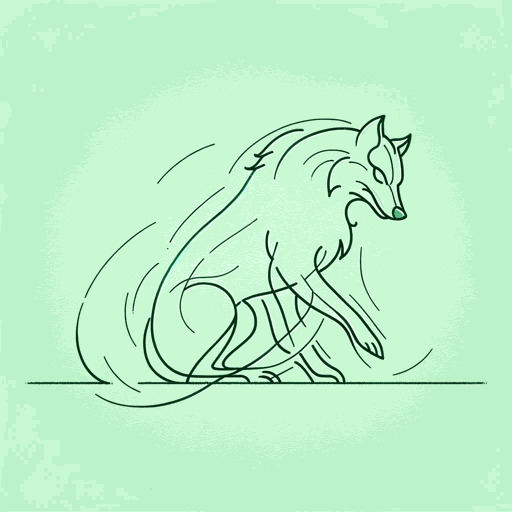80 pages • 2 hours read
Adam GidwitzThe Inquisitor’s Tale
Fiction | Novel | Middle Grade | Published in 2016A modern alternative to SparkNotes and CliffsNotes, SuperSummary offers high-quality Study Guides with detailed chapter summaries and analysis of major themes, characters, and more. For select classroom titles, we also provide Teaching Guides with discussion and quiz questions to prompt student engagement.
Exam Questions
Multiple Choice and Long Answer questions create ideal opportunities for whole-text review, unit exam, or summative assessments.
Multiple Choice
1. Which of the following themes does the book’s narrative structure most clearly support?
A) Storytelling as unity
B) The dangers of prejudice
C) The existence of miracles
D) The beauty of human differences
2. What is the most reasonable interpretation of the author’s use of modern slang?
A) To demonstrate that language has not changed much over time
B) To poke fun at the characters by making them sound unintelligent
C) To make a distant time and place seem more familiar to the reader
D) To show the level of comfort and familiarity among the characters
3. Which character is the best example of someone who is not what they first seem to be?
A) Jeanne
B) Michelangelo
C) Jacob
D) Blanche
4. Which character has a name that turns out to be ironic?
A) Hubert the Good
B) Gwenforte
C) King Louis
D) Old Teresa
5. What do the villagers’ reactions to Jeanne’s visions, Hubert’s encounter with his friend’s ghost, and the farting dragon all demonstrate?
A) Heresy is often a matter of opinion.
B) Miracles can happen in the real world.
C) Prejudice is a form of injustice.
D) Fear can provoke dangerous actions.
6. What do Brother Bartholomew’s reactions to William’s arguments, Abbot Hubert’s plans for the children and Gwenforte, and the King’s plans for the copies of the Talmud demonstrate?
Related Titles
By Adam Gidwitz



